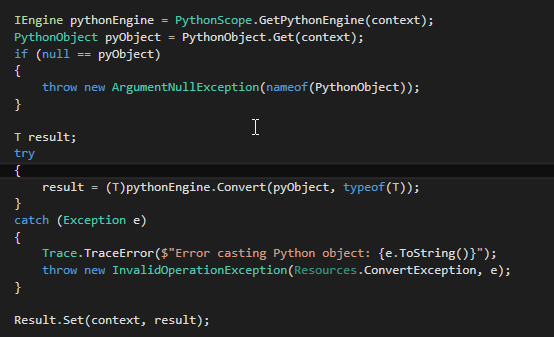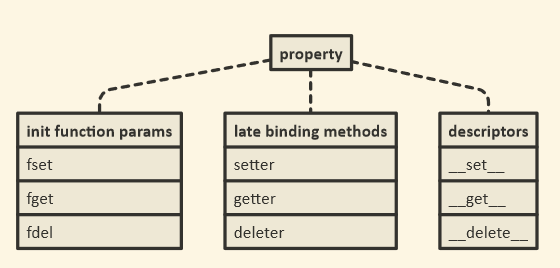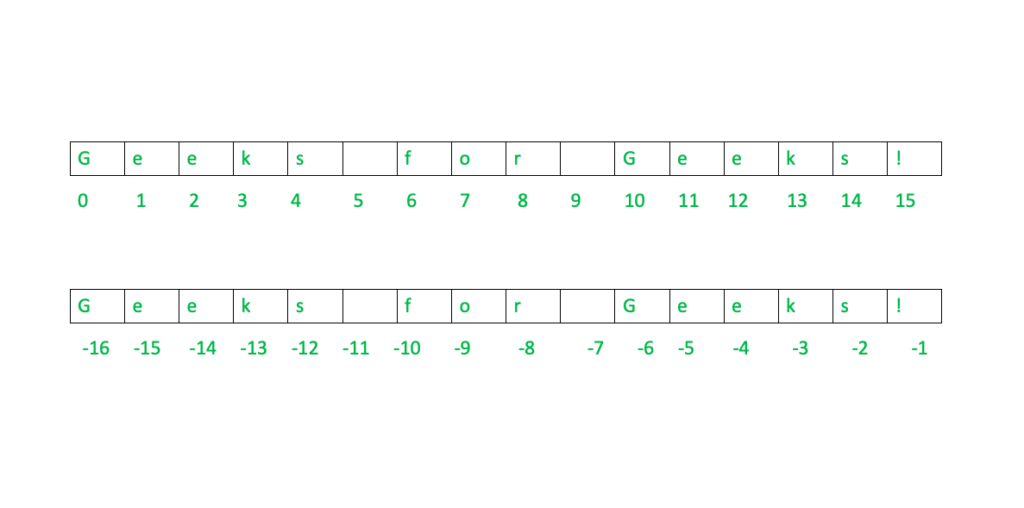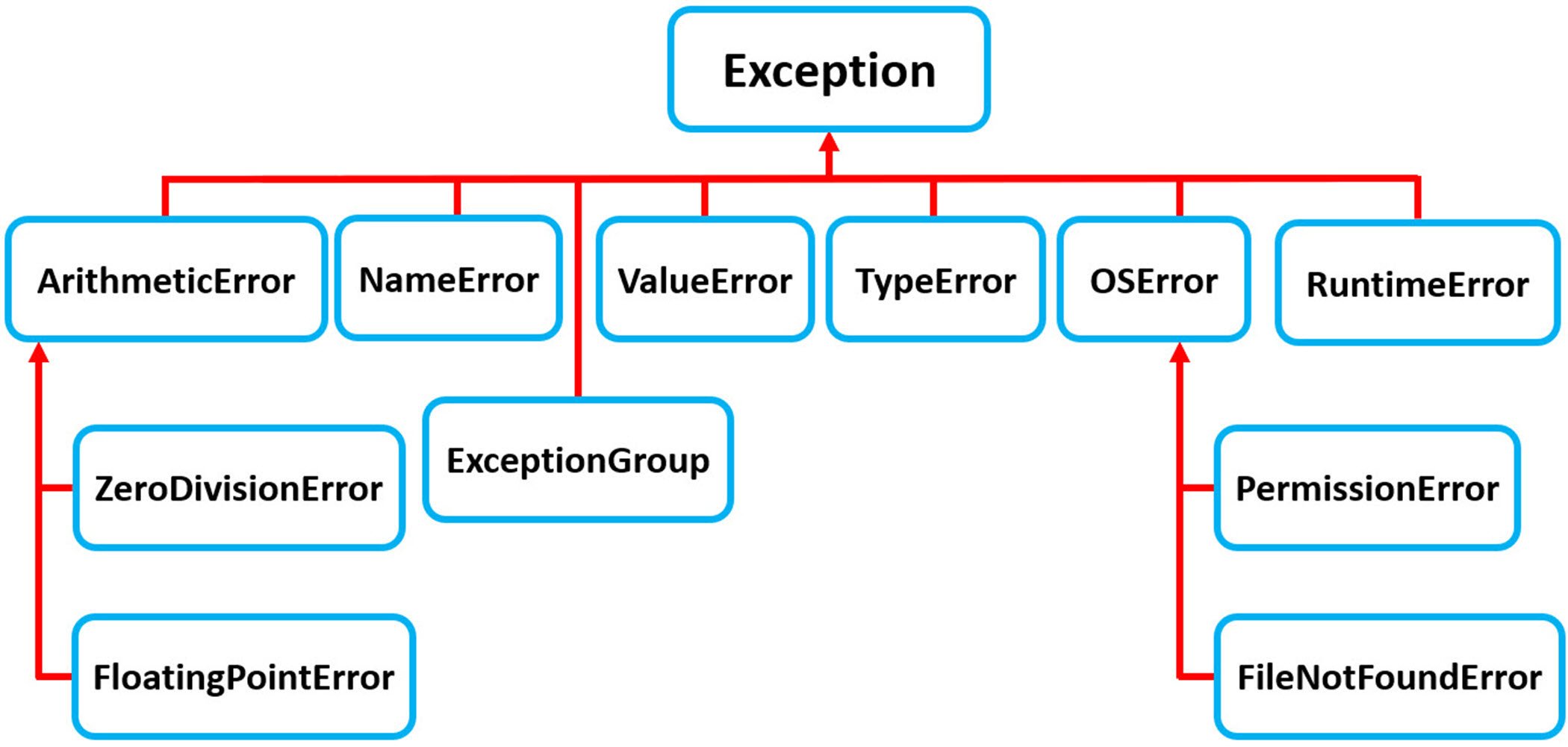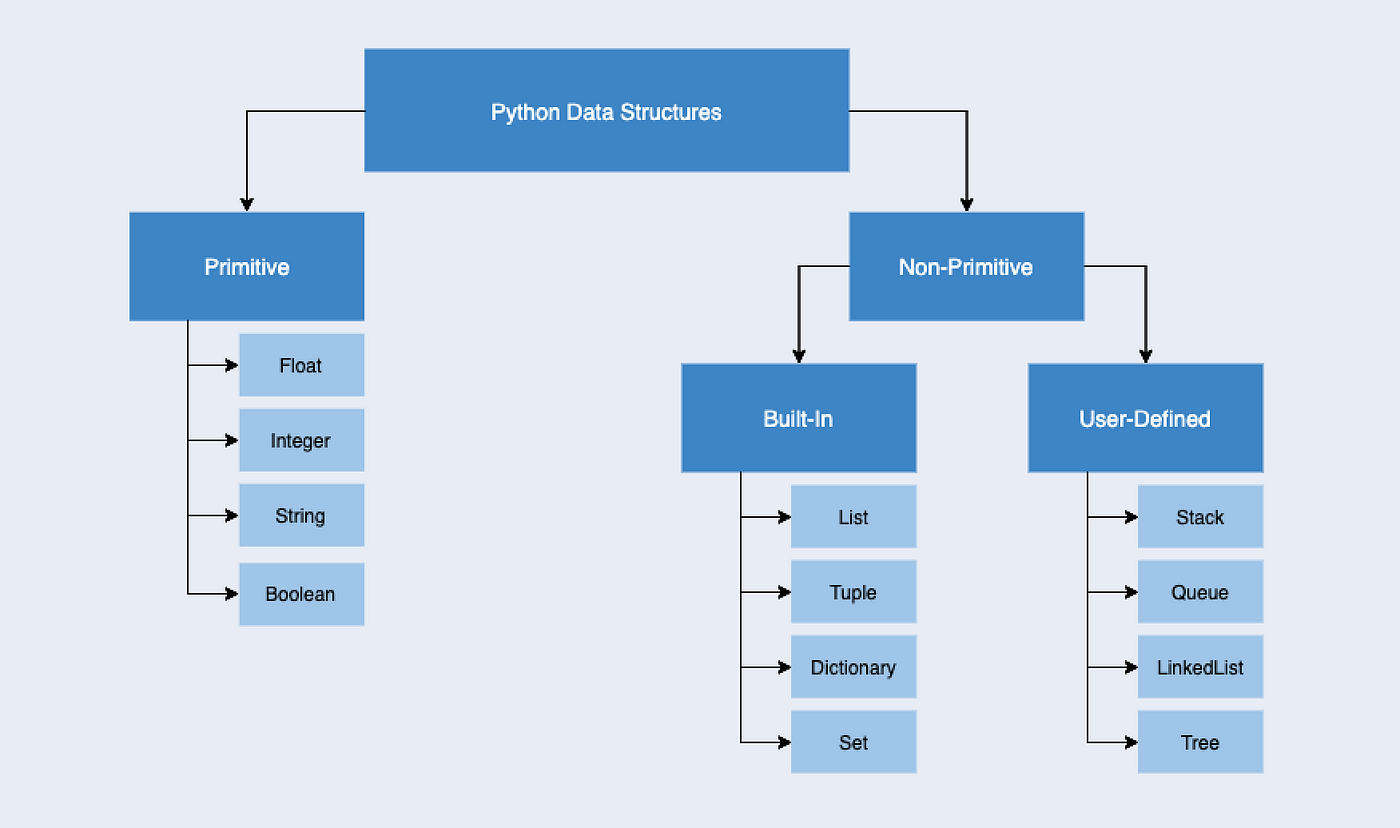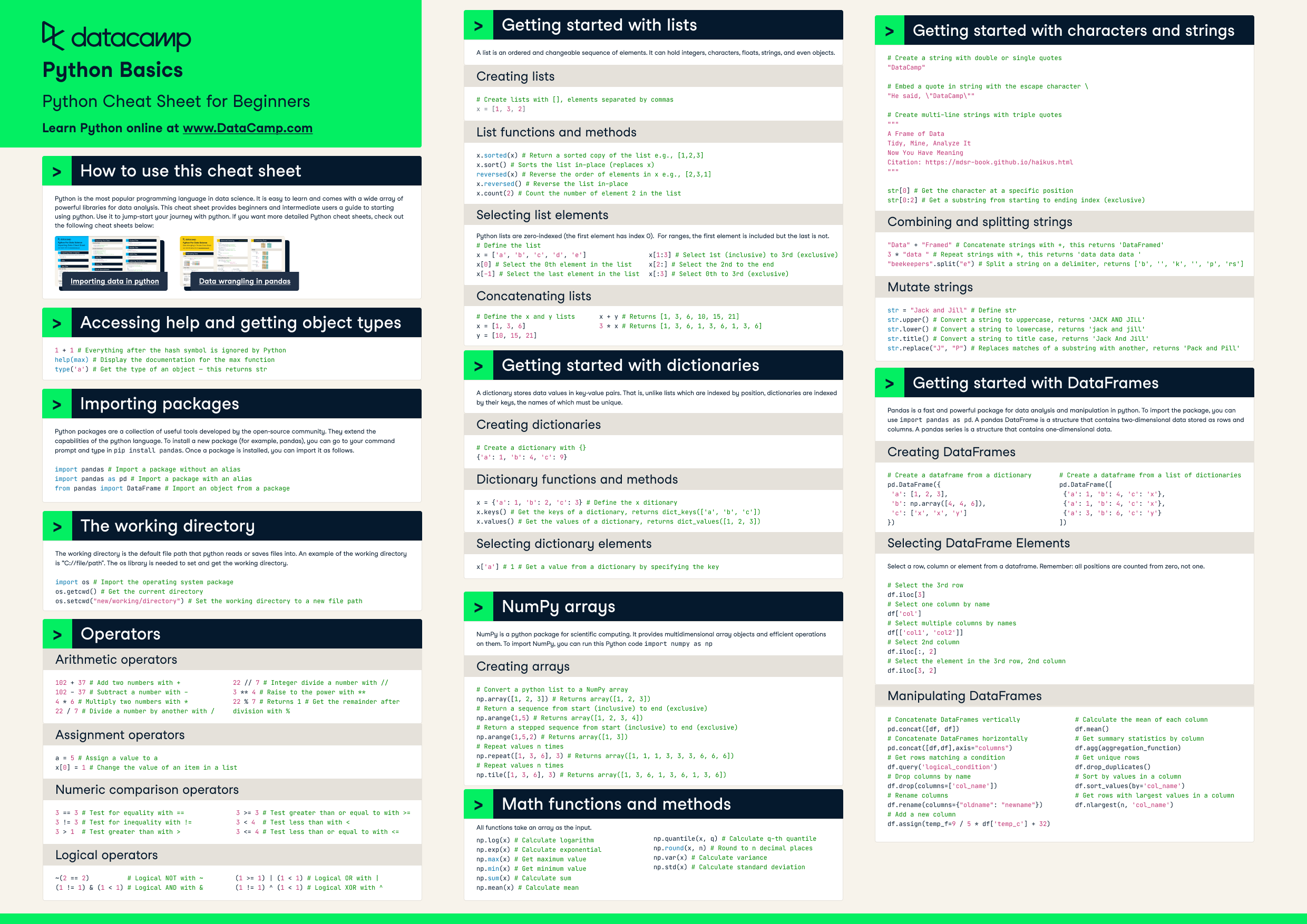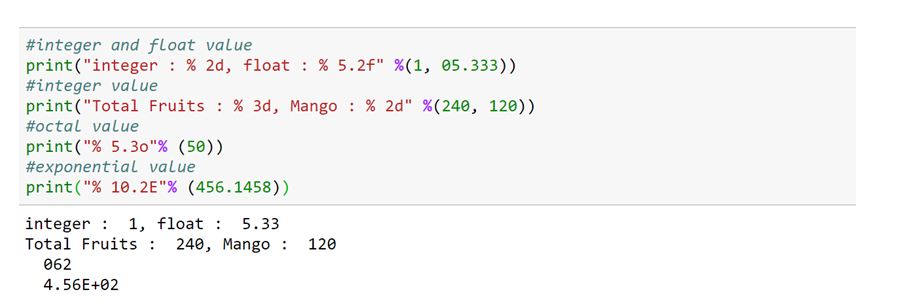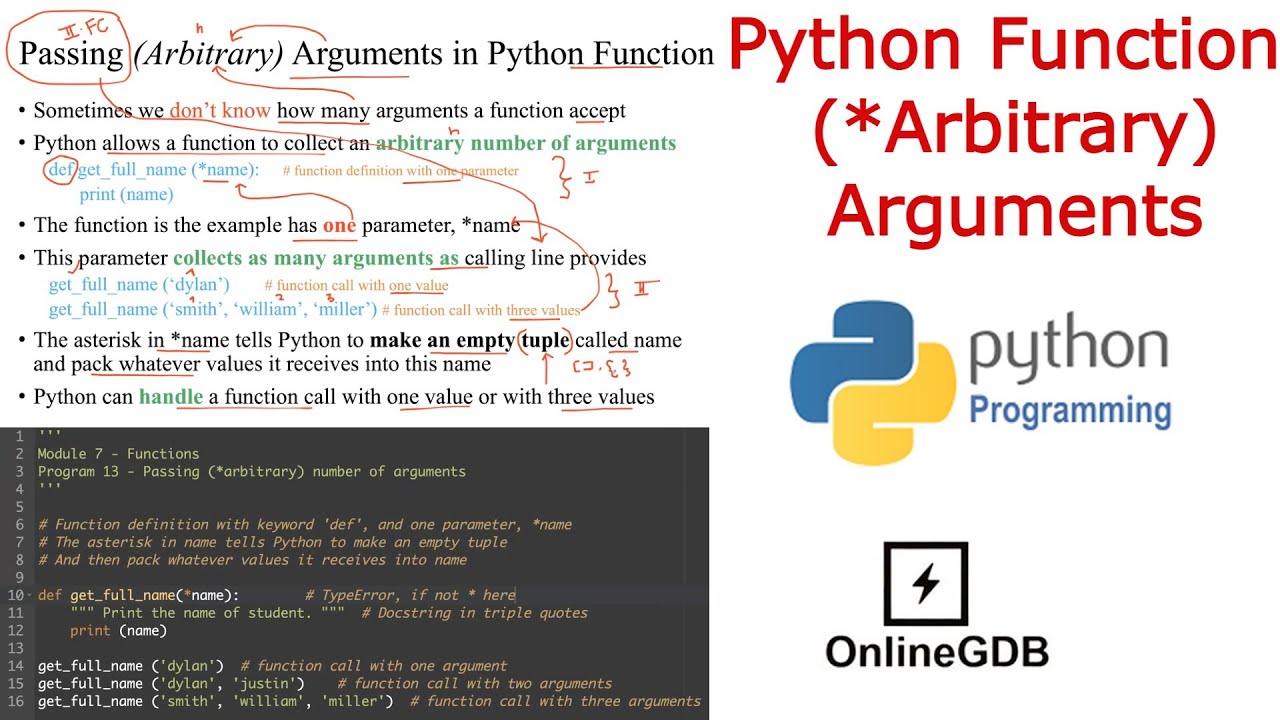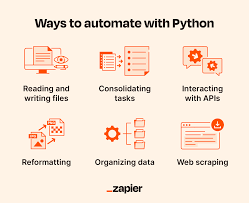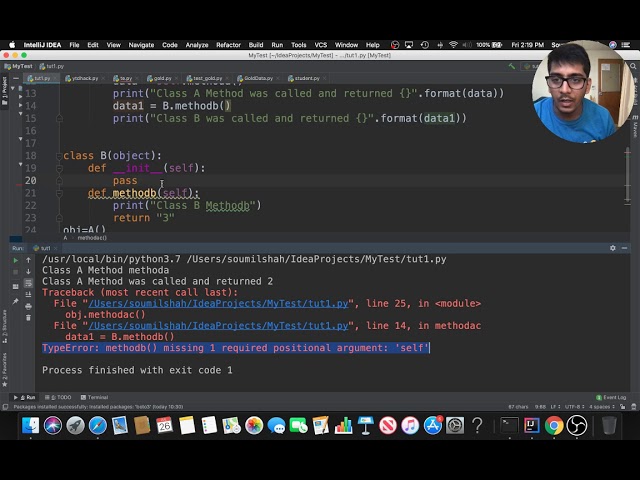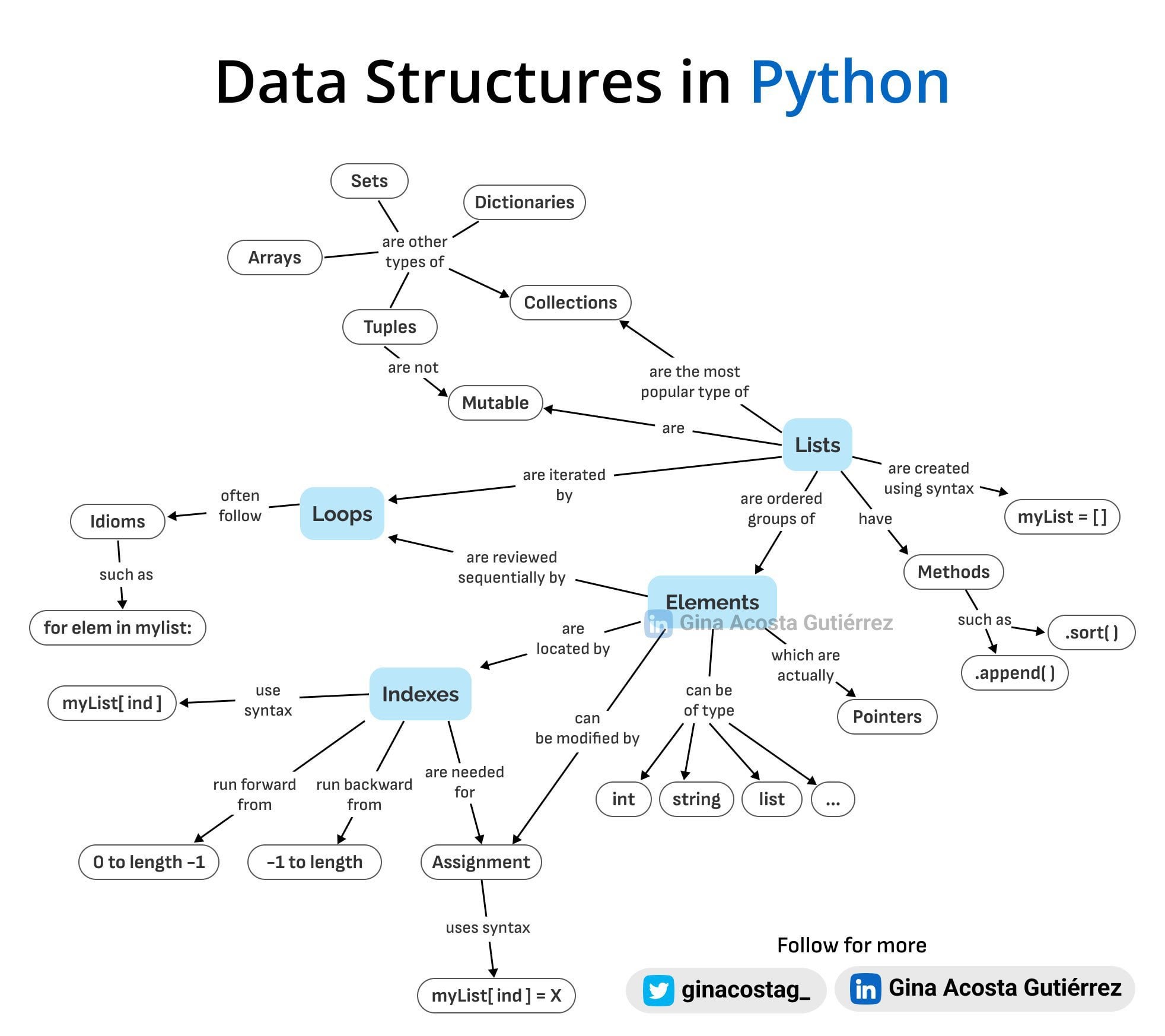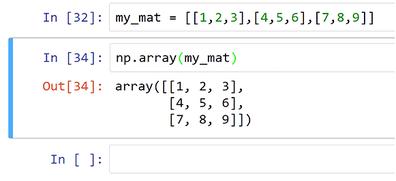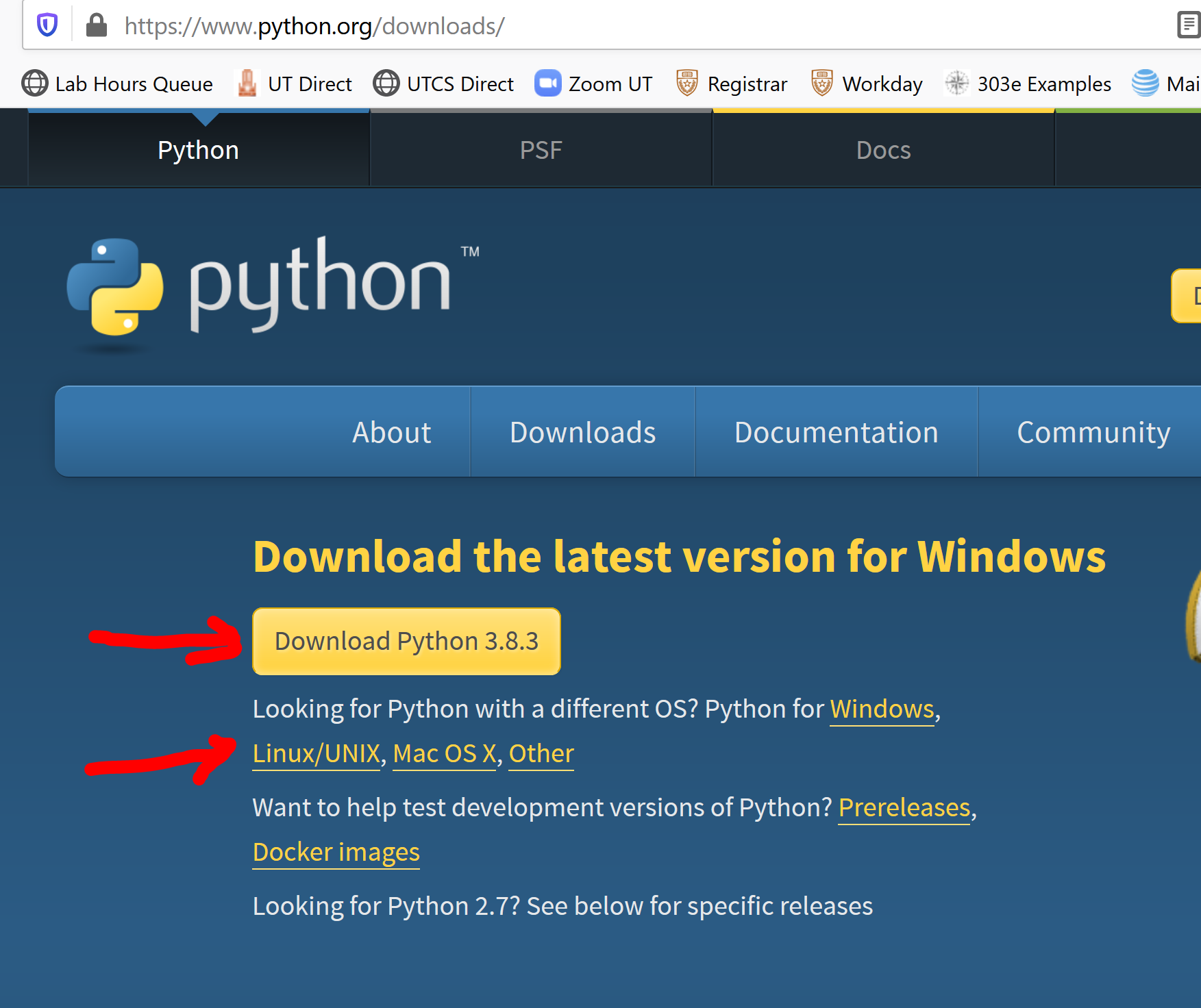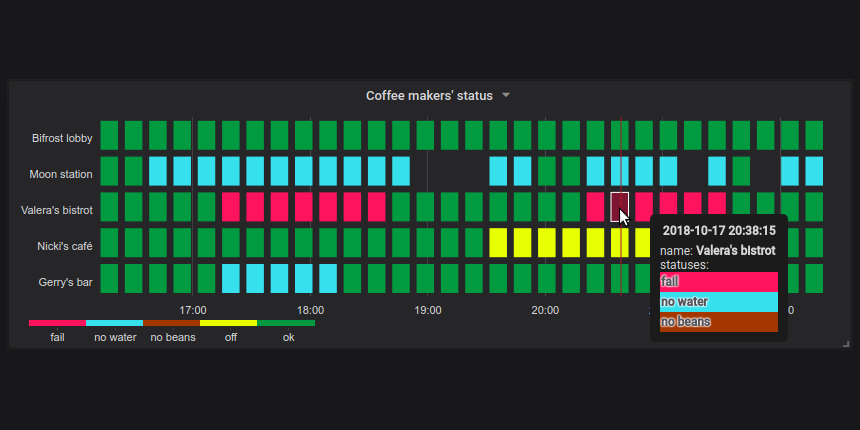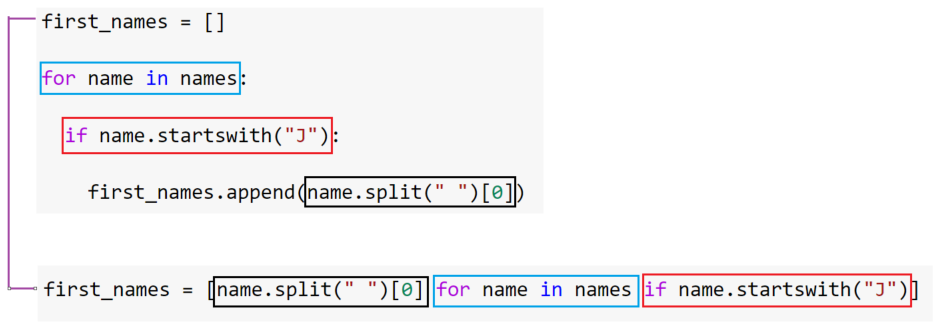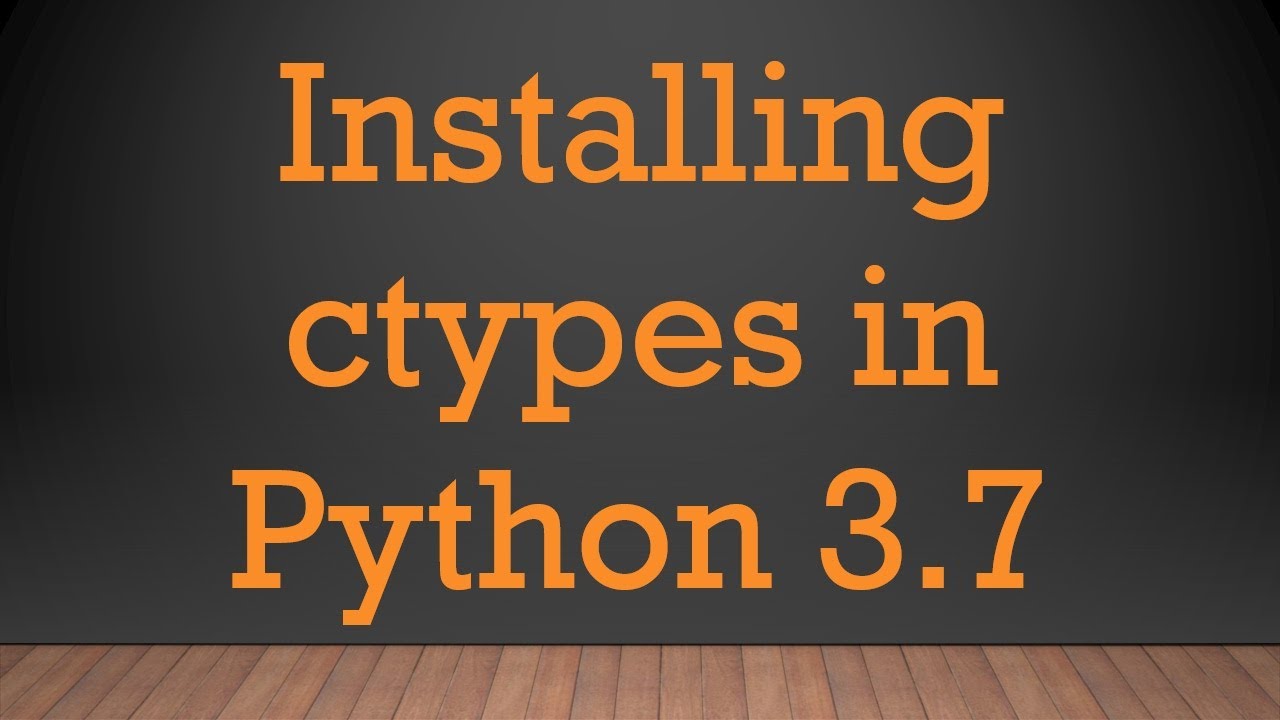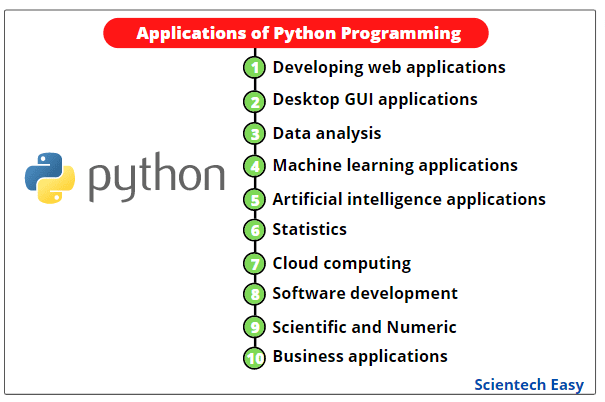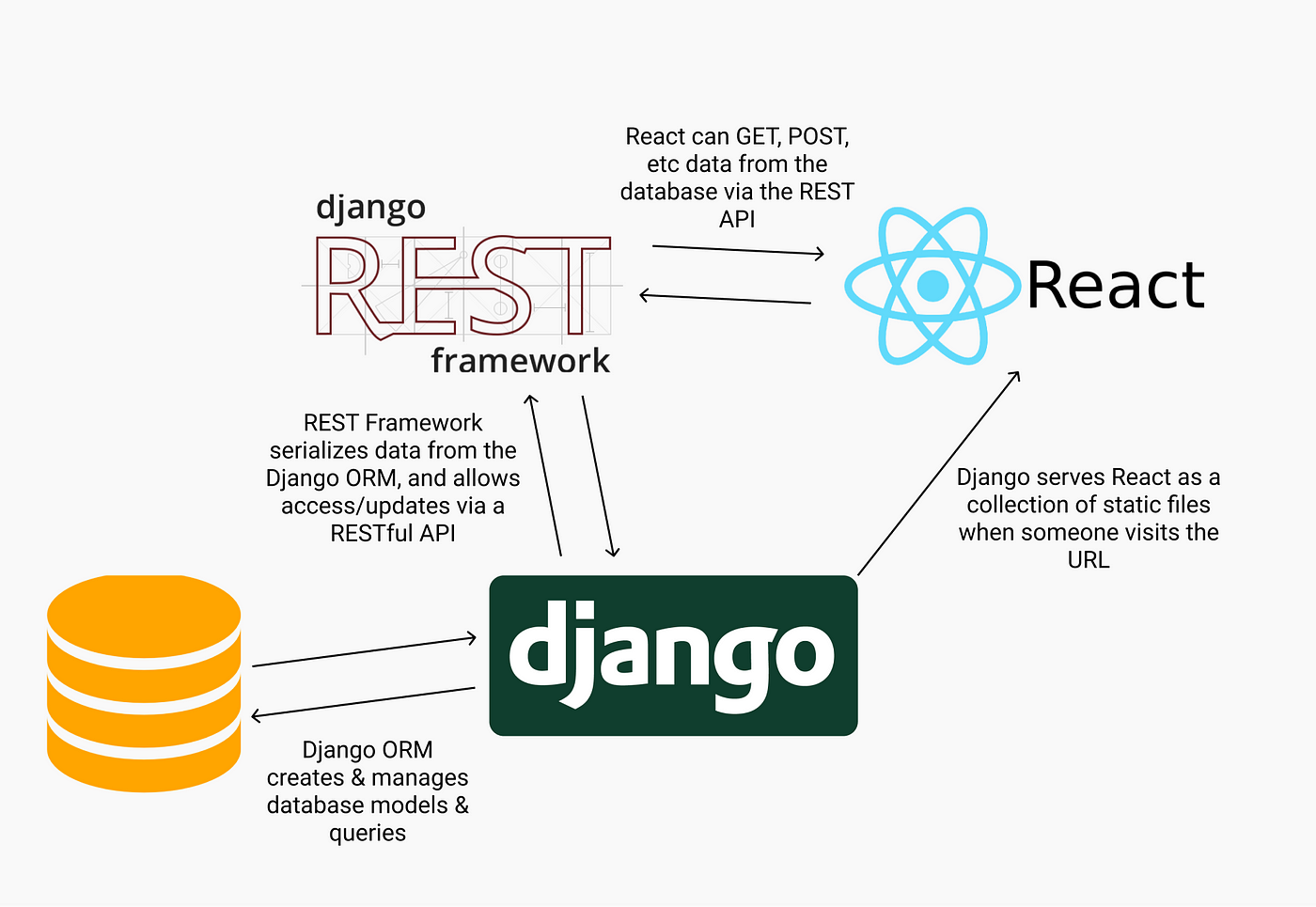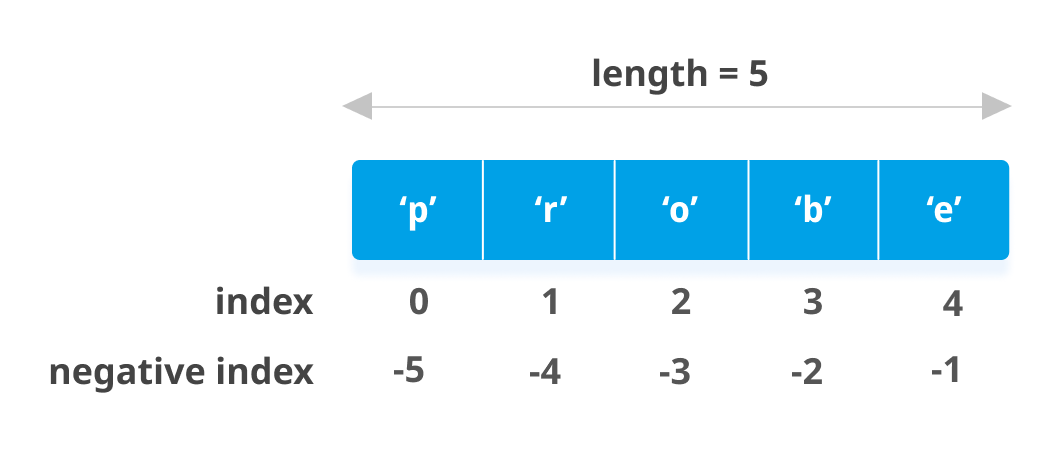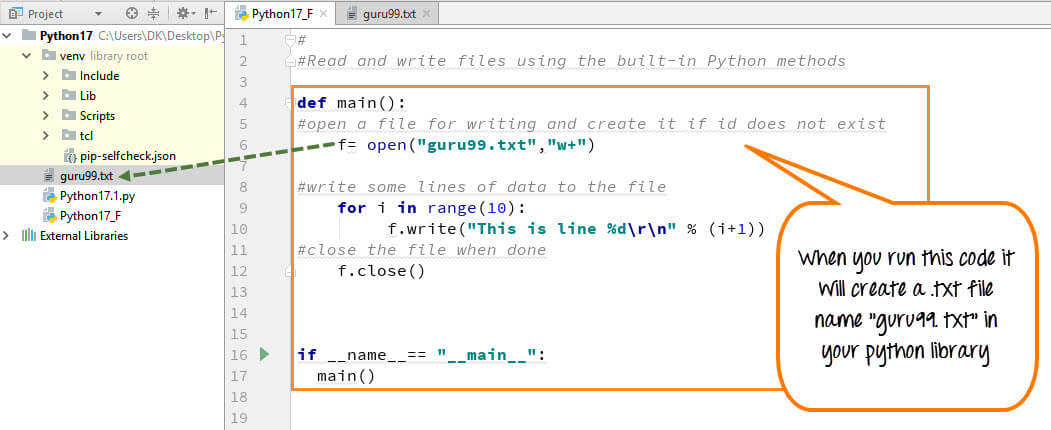Python vs JavaScript
Python vs JavaScript
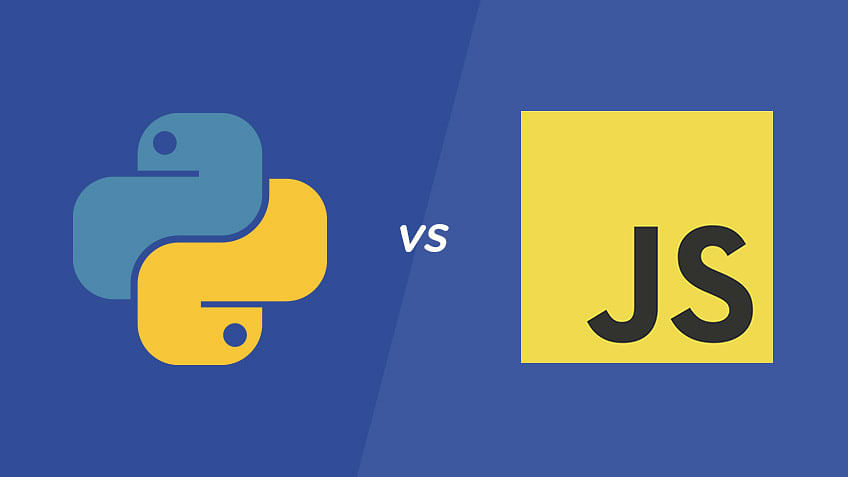
I'm glad you're interested in learning about programming languages! Python and JavaScript are two popular choices among developers, each with their unique strengths and use cases.
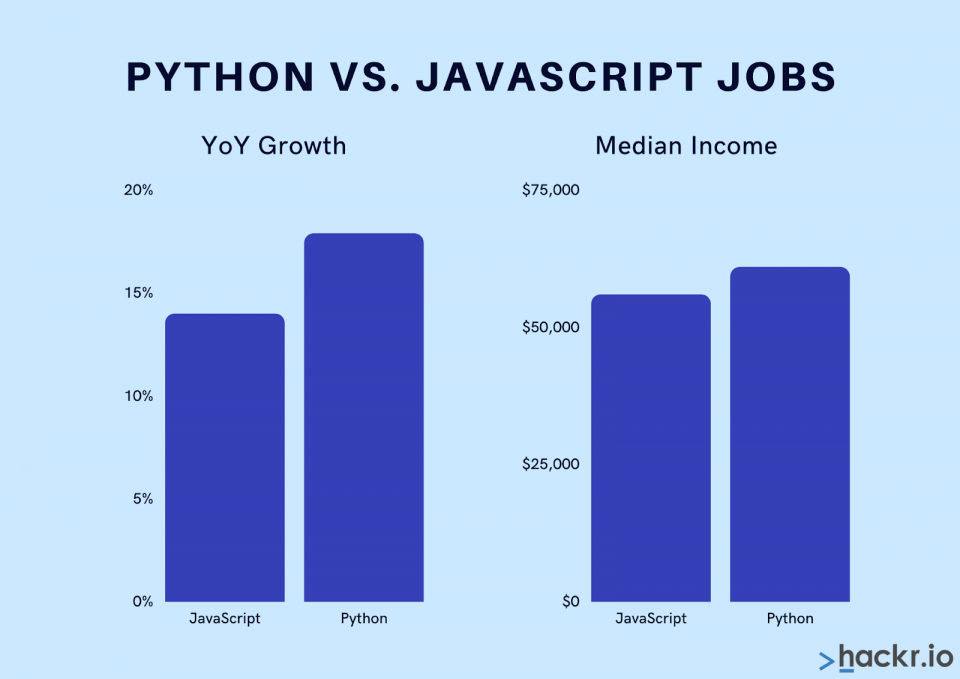
Python:
Python is a high-level, interpreted language that emphasizes code readability, simplicity, and ease of use. It's often referred to as "executable pseudocode" because of its natural syntax and flexibility. Here are some key features that make Python appealing:
Easy to learn: Python has a simple syntax and is generally easy to grasp, making it an excellent choice for beginners. Versatile: Python can be used for web development (e.g., Django), scientific computing (e.g., NumPy, scikit-learn), data analysis (e.g., pandas, Matplotlib), artificial intelligence (e.g., TensorFlow, Keras), and more! Dynamic typing: Python is dynamically typed, meaning you don't need to declare variable types before using them. Large community: The Python community is massive, with many resources available, including documentation, libraries, and frameworks.Some popular uses for Python include:
Data analysis and science Web development (e.g., Flask, Django) Automation scripting Artificial intelligence and machine learningJavaScript:
JavaScript is a high-level, dynamic language that's primarily used for client-side scripting on the web. It's known for its flexibility and ability to manipulate web page content. Here are some key features that make JavaScript appealing:
Ubiquitous: JavaScript is executed by most web browsers, making it an essential skill for any web developer. Client-side functionality: JavaScript can be used to create interactive web pages, validate form input, and animate elements. Server-side capabilities: Node.js (a JavaScript runtime environment) allows developers to run JavaScript on the server-side, enabling real-time data exchange and scalable applications. Large ecosystem: The JavaScript community is vast, with many frameworks, libraries, and tools available for front-end and back-end development.Some popular uses for JavaScript include:
Web development (e.g., React, Angular, Vue.js) Server-side programming (e.g., Node.js) Mobile app development Game developmentComparison:
While both languages share some similarities, they have distinct differences in terms of their primary use cases and strengths.
Python is generally better suited for:
Data analysis and science Automation scripting Artificial intelligence and machine learning Back-end developmentJavaScript is better suited for:
Client-side scripting on the web Front-end development Server-side programming with Node.js Mobile app and game developmentUltimately, the choice between Python and JavaScript depends on your goals, interests, and the type of projects you want to work on. Both languages are powerful tools that can help you achieve great things in the world of programming!
Let me know if you have any further questions or concerns!
Java vs Python speed
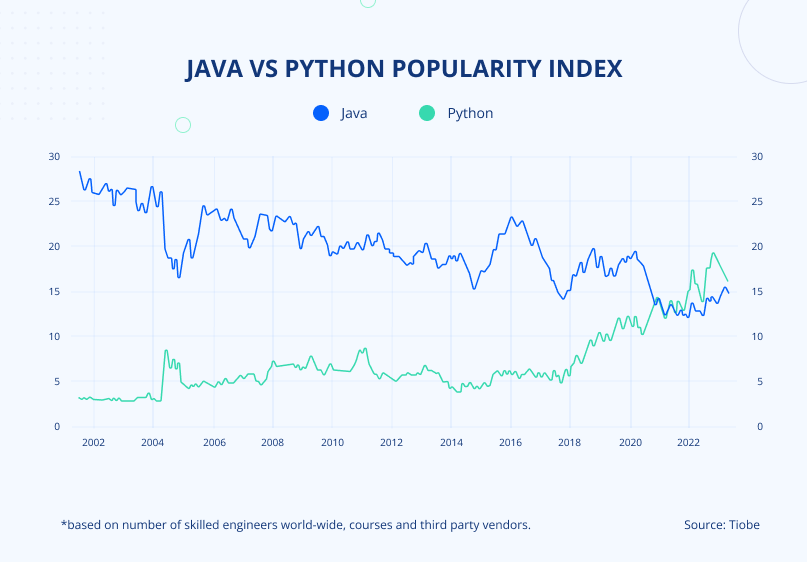
The age-old debate: Java vs Python speed! As a neutral AI assistant, I'll dive into the details and provide you with an unbiased analysis.
Java
Java is known for its Just-In-Time (JIT) compilation and caching mechanism, which allows it to execute code quickly and efficiently. In fact, Java is often praised for its high performance due to:
Ahead-of-Time (AOT) compilation: Java's AOT compiler converts the bytecode into machine code at compile-time, making it ready for execution. JIT compilation: The JVM's JIT compiler optimizes the code as needed during runtime, ensuring that frequently used parts of your application are executed swiftly. Dynamic method invocation: Java's dynamic method invocation mechanism enables the JVM to cache frequently invoked methods, reducing the overhead associated with method calls.Python
On the other hand, Python is often criticized for its slower performance compared to Java due to:
Interpreted nature: Python code is interpreted line-by-line during runtime, which can lead to slower execution times. Dynamic typing: Python's dynamic typing mechanism allows for greater flexibility but can introduce additional overhead when accessing and manipulating data.Comparative Analysis
While Java excels in terms of performance due to its compilation mechanisms, Python has made significant strides in recent years. With the introduction of:
Just-In-Time (JIT) compilers: Python's JIT compilers, such as PyPy and Numba, provide Just-In-Time compilation and caching, significantly improving performance. Cython: Cython is a superset of the Python language that allows for static type checking and compilation, further enhancing performance.Benchmarks
To put these claims to the test, let's look at some benchmarks:
SciPy benchmarking: In this benchmark, Java outperforms Python in most cases, particularly for computationally intensive tasks. Machine learning workloads: For machine learning and deep learning workloads, both languages can perform similarly, with PyTorch and TensorFlow providing optimized implementations that bridge the performance gap.Conclusion
While Java is generally faster than Python due to its compilation mechanisms, Python has made significant strides in recent years through the introduction of Just-In-Time compilers and Cython. For specific use cases, such as machine learning workloads or web development, the performance differences might be negligible. Ultimately, the choice between Java and Python depends on your project's requirements, your team's expertise, and your own preferences.
Remember, speed is just one aspect to consider when choosing a language. Other factors like ease of use, community support, and maintainability should also be taken into account.
Would you like me to elaborate on any specific points or provide more information on a particular topic?
